Earth
Explore Earth
Latest about Earth
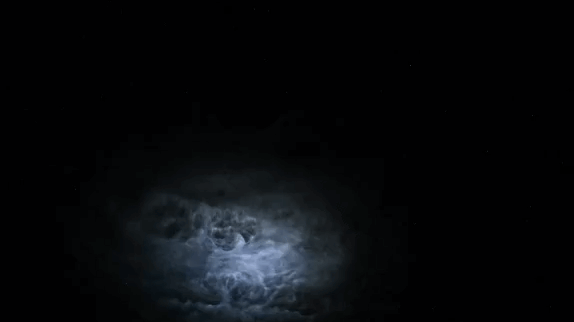
Rare colorful lightning caught on camera by ISS astronaut. 'OK, this is kind of out there'
By Brett Tingley published
"OK, this is kind of out there and caters to your inner Uber-Geek."
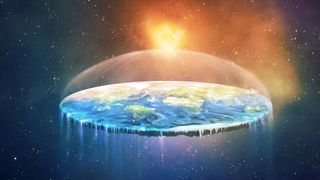
How to debate a flat-Earther: Proven scientific arguments and strategies
By Paul Sutter last updated
Some people around the world believe our planet is flat. Here's the (surprising) truth about debating them.
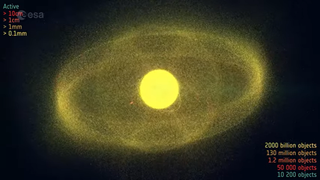
ESA's new documentary paints worrying picture of Earth's orbital junk problem
By Monisha Ravisetti published
The European Space Agency's new documentary short tackles the question of whether space debris has reached crisis level.
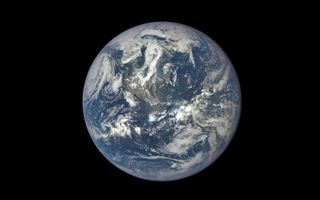
This sulfur-based space molecule could tell us about the emergence of life on Earth
By Samantha Mathewson published
Researchers have created a "fingerprint" of a sulfur-based molecule found in space that may offer new clues about the formation of life on Earth.
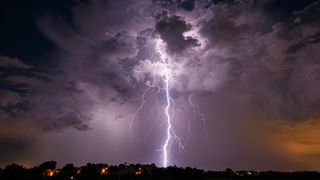
Cosmic rays may be the elusive spark for lightning here on Earth
By Tereza Pultarova published
Cosmic rays may play a role in triggering lightning, a new study suggests, offering an out-of-this-world answer to a long-standing mystery.
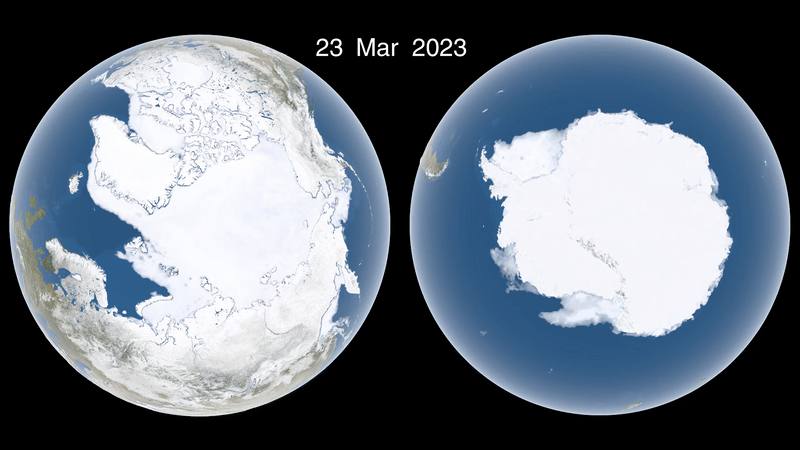
Earth's sea ice hits all-time low, NASA satellites reveal
By Julian Dossett published
Sea ice impacts storms and coastal erosion — and NASA says Earth's total sea ice content has hit an all-time low.
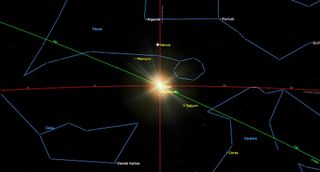
Spring equinox 2025: Say goodbye to winter in the Northern Hemisphere today
By Samantha Mathewson published
Spring officially begins today (March 20) with the vernal equinox, bringing longer days and warmer temperatures to the Northern Hemisphere.

'Microlightning' between water droplets could have sparked life on Earth. Here's how
By Kiona N. Smith published
The building blocks of life on Earth may have been fueled by tiny sparks hopping between water droplets.
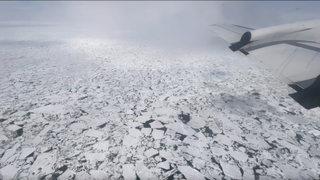
Arctic ice is melting faster than expected — and the culprit could be dust
By Tom Brown published
An audacious NASA mission suggests that dust blown north from Greenland could help explain why Arctic ice is melting even faster than expected.

'Their loss diminishes us all': Scientists emphasize how Trump's mass NOAA layoffs endanger the world
By Monisha Ravisetti, Sharmila Kuthunur published
"From our perspective down in the trenches actually working for the government, it feels like the people up top just have no clue about anything."
Get the Space.com Newsletter
Breaking space news, the latest updates on rocket launches, skywatching events and more!
